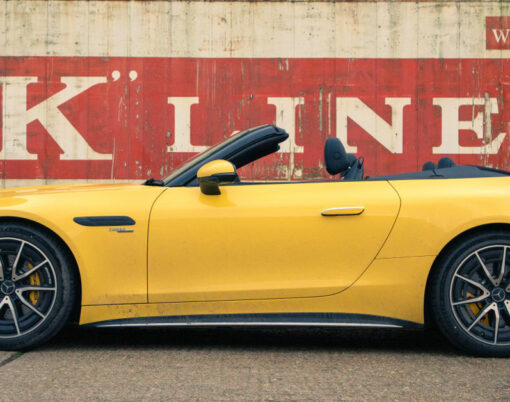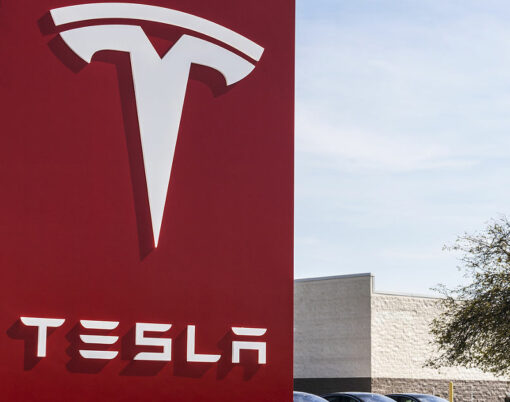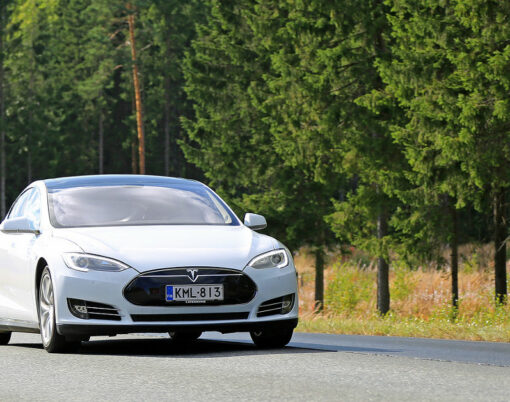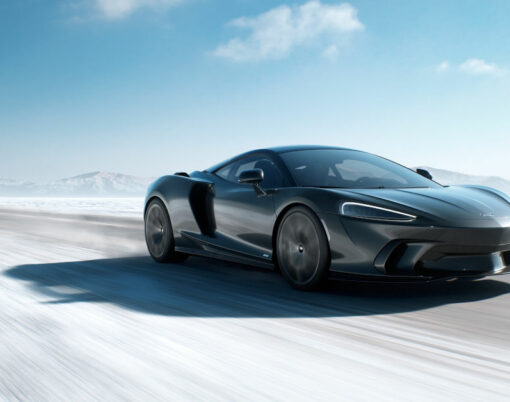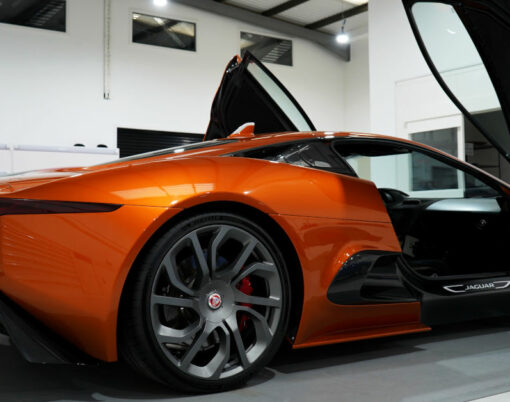As the automotive industry accelerates the development of autonomous technology, Matthew Luby, Director of Analytics, Asia at CPA Global has given us an insight into where it all began and where it could go.
The automotive industry is a significant force in driving global innovation and technological leadership. Since 1999 the number of patents awarded in the manufacturing industry has increased by three per cent. The number of patents awarded to the auto industry has increased by 10 percent in the same timeframe. In less than two centuries, humanity has developed technology to replace horse drawn carriages with sophisticated vehicles that can respond to voice commands or be controlled entirely by an on-board computer. What role has intellectual property (IP) played in driving innovation in the automotive industry and what will the industry do next?
A 21st century car often represents the most refined technology a consumer owns, and automakers are continuously trying to implement high-tech to vehicles. Automakers are ranked amid the world’s most innovative companies, developing: technologies such as adaptive cruise control; automatic braking; and telematics control systems among many others. Auto companies register an increasing number of patents each year to protect these innovative technologies, employing a highly skilled workforce to design and build their products. In the 1800s – when automotive innovation was born – technology was in its infancy, but the role of patents was already clear.
Racing round the Benz
Identifying the inventor of the very first automobile is challenging, there were a number off early-innovators who developed manned vehicles with varying characteristics. In 1807, François Isaac de Rivaz designed the first car powered by an internal combustion engine fuelled by hydrogen. However, it was not until 1886 that the first petrol powered automobile was invented by Karl Benz. The first stationary gasoline engine ran for the first time on New Year’s Eve 1879. A year earlier Benz had applied to patent his “vehicle powered by a gas engine” in the US. This patent – number 37435 – is largely considered the birth certificate of the automobile.
American inventor George B. Selden filed a similar patent on May 8, 1879. His application included an automobile engine and its use in a 4-wheeled car. At the time his vision was technologically out of reach, so Selden regularly made minor amendments to his patent application, resulting in a delay of 16 years before it was officially granted in 1895. However, after such a lengthy legal process, Selden did not have the resources to do anything with the patent and sold it in 1899 to financier William Whitney.
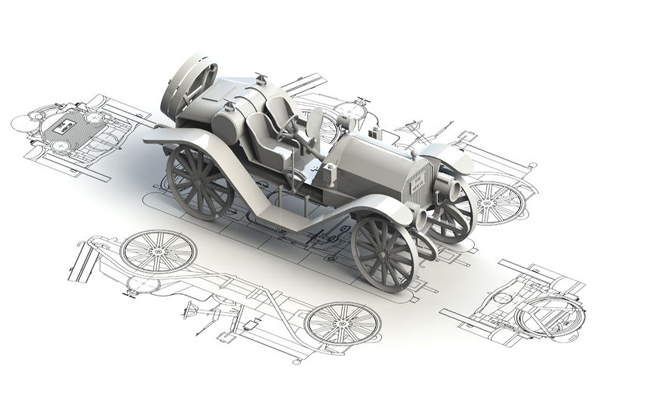
Driving out the competition
Owning a valuable IP portfolio can lead to conflict in any industry and William Whitney quickly attempted to stake his claim on the automotive space by threatening competitors. After purchasing Selden’s patent for “the production of a safe, simple and cheap road locomotive light in weight, easy to control, and possessed of sufficient power to overcome any ordinary inclination”, Whitney’s lawyers began sending letters to American carmakers.
The letter began: “Our clients inform us that you are manufacturing and advertising for sale, vehicles which embody the invention of the Selden patent. . . We notify you of this infringement, and request that you desist from the same and make suitable compensation to the owner thereof.” Henry Ford was the only automaker to fight the lawsuit. He won.
IP threats and patent trolling continues to be an issue for automakers, some 110 years later. The number of lawsuits filed against automakers by patent trolls rose from 17 in 2009 to 107 in 2014. These lawsuits often produce six and seven-figure settlements, representing a serious flaw in the automotive industry and how it currently manages the volume of technological innovation. If these threats do not subside, automakers may become fearful of innovating in a sector highly populated with IP.
High-tech highway
The automotive industry is fast becoming more about technology than engines or tires. Car manufacturers are now integrating high-tech innovations from other industries: Wi-Fi; mobile technology; audio; security; connectivity; voice command; video; GPS and many more.
Technological improvements in computers, smartphones, wireless communications and the cloud have converged to advance safety for connected consumers. According to ABI Research, the percentage of new vehicles with factory-installed telematics, is likely to increase from 10 percent in 2010 to 62 percent in 2016. While car-to-car information sharing and communication is another developing area of technology. Vehicles will soon be able to notify cars that are miles away from approaching congestion, preparing drivers to slow down. “Smart” intersections and motorways will allow signs and traffic lights to communicate with vehicles, with sensors to report when a vehicle fails to stop at a red light.
Auto companies are also starting to use nanotechnology and nanomaterials to improve the performance of new cars. Nanocomposites can be used in bumpers to make vehicles up to 60 percent lighter, but twice as resistant to denting and scratching.
The cross-pollination of technology and automotive sectors is driven by consumer needs, but raises concerns about IP ownership for automakers. The technologies found in modern cars were not invented by the automotive industry, which means automakers do not own the original IP. One European automaker has been at the receiving end of 119 lawsuits for technology implementations.
Navigating a futuristic automotive industry
There is further potential for industry disruption at the hands of autonomous-vehicle technology. However, leading automakers – not technology companies – are in the best position to progress with new innovations and designs.
Prolific automakers like Tesla are dominating the self-driving patent landscape, but a number of more specialised technology and research institutions also have a healthy portfolio of related patents: LG; Samsung; Google; and Amazon have all contributed significant IP.
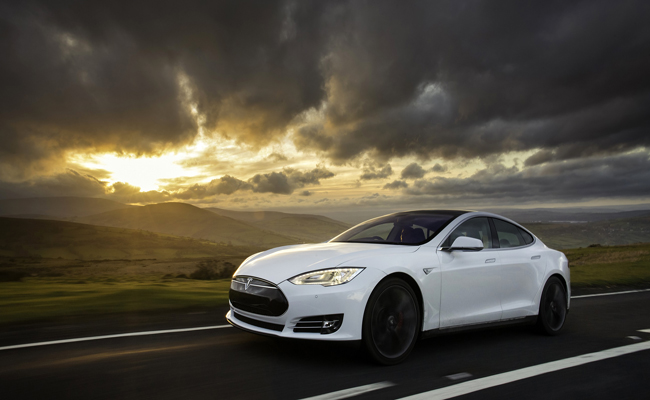
Self-driving cars have been poised to dominate the automotive industry for some time, but as testing continues and more companies join the competitive race – other innovations are accelerating into the limelight. Toyota recently filed a patent for a “stackable wing for an aerocar”, there is a focus on vehicle self-diagnosis, reconfigurable body panels and even active health monitoring for drivers.
The automotive industry is a fluid and rapidly developing space, for companies that produce a revolutionary new invention, or create an innovative new product design – there is a need to protect these ideas as your own. By defending IP through patents and trademarks, IP owners create the legal underpinning necessary to safeguard ideas and prosecute portfolios. Self-driving technology and the continuous innovation being displayed in the automotive industry will act as a catalyst for further automotive development and strategic partnerships that will generate breakthrough technologies. In an environment of constant innovation, it is important for auto companies to ensure the right resources, IP information and strategic partners are in place.














